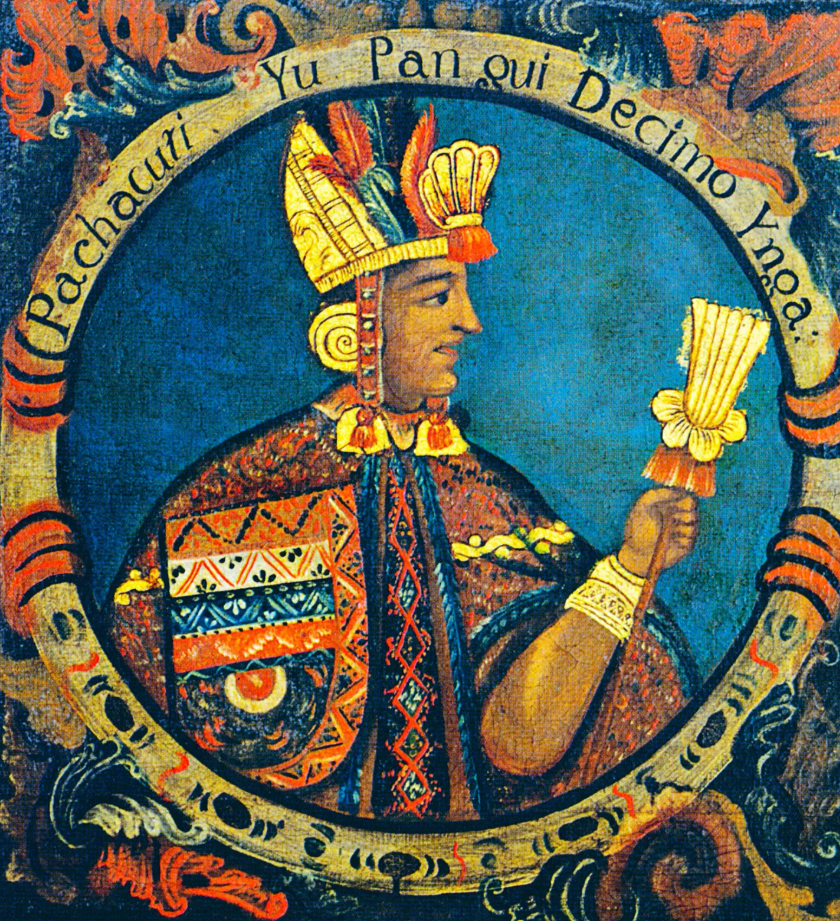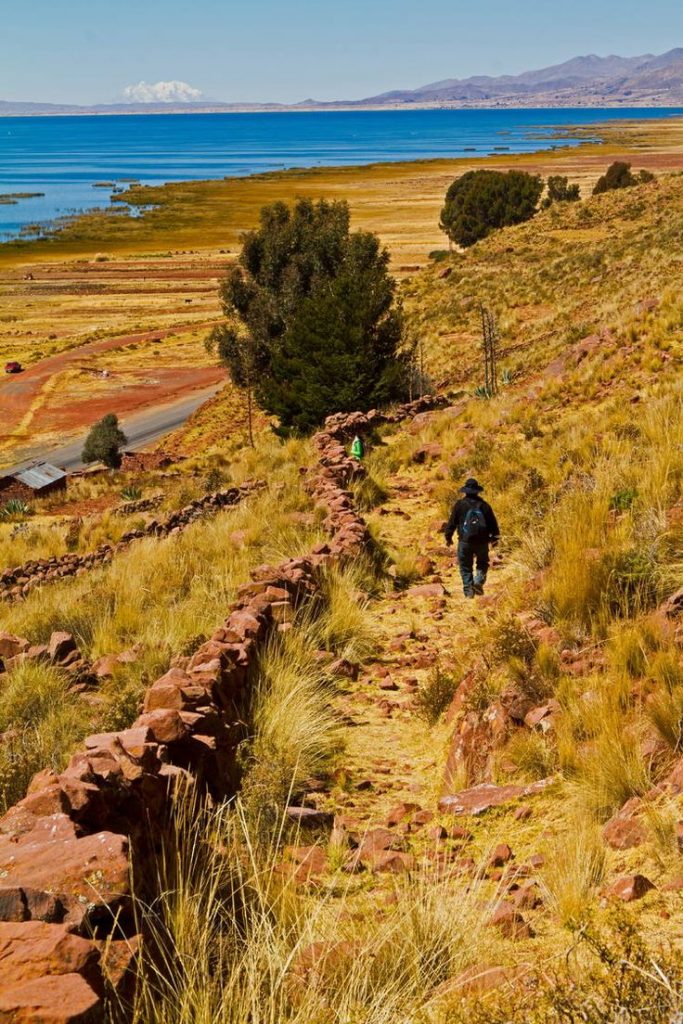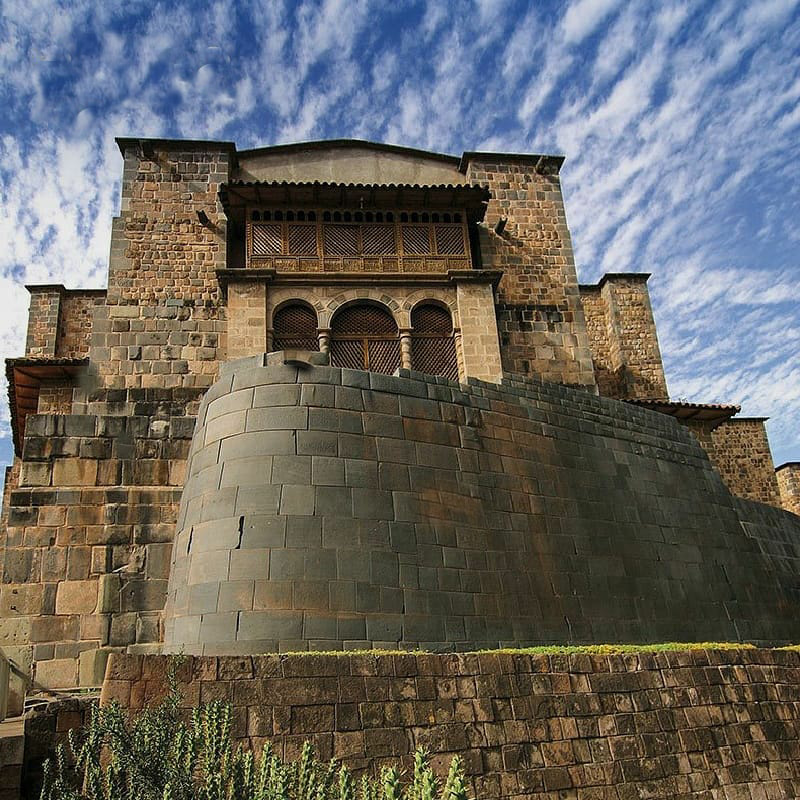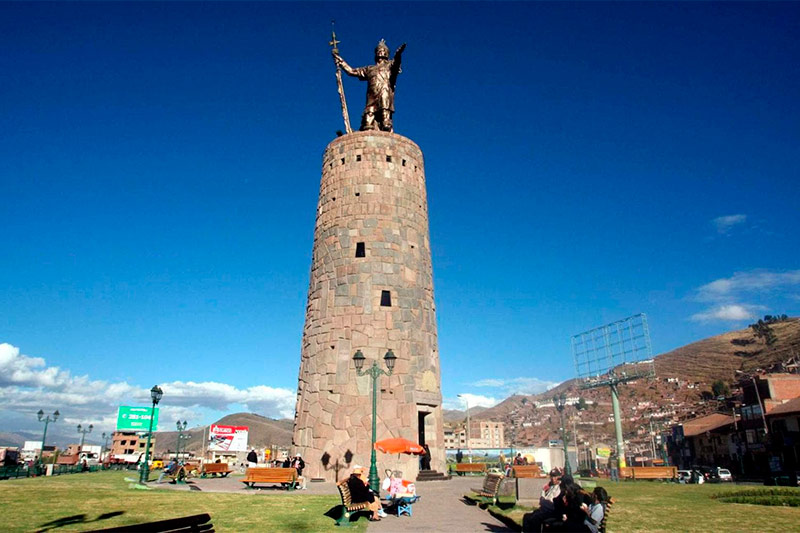After Pachacuti became ruler, the Inca Empire never looked the same. This Inca ruler was not only the most renowned but also the most powerful, and he left an important legacy after his death. He was the one who extended the Inca empire all over South America, starting from Peru to Chile, Argentina, and even modern-day Ecuador.
He was the mastermind behind the Inca victory over the Chancas in the early 15th century. History says he was the Inca emperor who ordered the construction of the legendary citadel, Machu Picchu. After some lines, you will see the importance of this Andean king, but, let’s look at his story, rise to power, importance for Peru, and legacy in Andean culture.
Cusi Yupanqui Story
Pachacutec, the ninth Inca ruler, is a truly remarkable figure in both Peruvian history and the world. Born in Cusco to Viracocha Inca and Mama Runtu, he played a key role in transforming a small region into a vast Empire.
He was born in the lovely palace called Cusicancha and was given the name Cusi Yupanqui, which means “joyful prince.” From a young age, Pachacutec displayed impressive leadership and military talents. As he grew older, he eagerly joined the army, where he had the opportunity to learn from respected generals Vicaquirao and Apo Mayta.

They appreciated his courage and abilities as a young man, later the Inca nobility council noticed Cusi Yupanqui’s potential and pushed Huiracocha to consider him a successor. However, Huiracocha had a close relationship with his son, Inca Urco, and finally chose him for his position.
Huiracocha then retreated as a king, passing the “Mascaypacha” (the real emblem) to his son. Unfortunately, Urco struggled to fulfill his obligations and met several difficulties along the way. The Chancas threatened Cusco and demanded Huiracocha’s surrender. Worried for his safety at his old age, Huiracocha agreed.
Inca Pachacutec rise to Power
This situation allowed Cusi Yupanqui to step up as a leader in governance, war, and strategy. Along with generals Apo Mayta and Vicaquirao, he bravely faced the Chancas. He won two battles—first in Cusco and then at Ichubamba.
After Cusi Yupanqui defeated the Chancas, he received a warm welcome as the new Inca, earning the name Pachacutec. Although his brother, moved by jealousy set up an army to kill Cusi Yupanqui, Inca Urco didn’t succeed as he later was killed and dismembered.
Later, in a lovely gesture, he invited his father, Huiracocha, to share in this recognition, showing his respect and appreciation. Pachacutec’s leadership brought many positive changes to the Inca Empire.

He restored the Coricancha, or Temple of the Sun, and turned Cusco into a vibrant center for the empire. He worked hard to unite over 500 tribes, helping to conquer territory and expand it into what we now know as Peru, Quito, and the Nazca Valley.
Thanks to his vision, many roads, cities, and incredible sites like Machu Picchu were built. Machu Picchu became a peaceful sanctuary and an important spot for pilgrims. Pachacutec also made a lasting impact on religion and society by introducing new practices, like huacas or Inca shrines.
Historian Clement Markham recognized Pachacutec’s greatness, calling him “the greatest man of the Aboriginal race of pre-columbian America.” His name means “He who changes the earth,” and it truly reflects the remarkable influence he had on the Andean world.
Pachacutec’s death
Pachacutec, celebrated as the greatest “Sapa Inca” (Inca Emperor) of the Tahuantinsuyo, passed away peacefully around 1471. At that time, the Inca Empire was flourishing, enjoying growth in both territory and governance.
His son, Pachacuti Inca Yupanqui, took over as ruler. After Pachacutec’s death, his body was mummified. A special tribute honored him in Aucaypata Square, now the Plaza de Armas in Cusco. His mummy was adorned with gold, silver, feather ornaments, and fine clothes.

High-ranking lords paraded it to celebrate his great achievements. This tribute showcased Pachacutec’s important role in expanding the empire and developing its infrastructure. He was laid to rest in the temple of Tococache, located in what is now San Blas, Cusco. This temple, dedicated to Illapa, the god of lightning, was built under Pachacutec’s direction.
Historians, like María Rostworowski, point out Pachacutec’s essential role in uniting the Inca Empire. He fostered geographic and linguistic unity, which helped shape modern-day Peru. As a visionary leader, Pachacutec’s reign paved the way for the empire’s golden age and its rich cultural legacy.
Pachacutec Legacy
Pachacutec was an amazing leader of the Inca Empire who made it a vast and rich civilization. From 1438 to 1471, he achieved great things in areas like architecture, engineering, politics, and religion. His most famous work was Machu Picchu, which he built around 1450 as a royal retreat and spiritual center.

This incredible site blends with nature. It shows the Incas’ advanced knowledge, including their ability to create earthquake-resistant structures. Pachacutec worked hard to expand the empire. He united over 500 tribes and organized the Tahuantinsuyo into four regions: Chinchaysuyo, Collasuyo, Antisuyo, and Contisuyo.
Other Notable works

He also established the Qhapaq Ñan, a large road network that connected the empire and made communication and trade easier. In Cusco, he redesigned the city to look like a puma, a symbol of strength. He improved the urban infrastructure by adding new palaces, plazas, and agricultural terraces.

Pachacutec declared the Sun the state’s official deity. He rebuilt the Coricancha (Temple of the Sun) and decorated it with stunning gold and stonework. They still impress visitors today. He also started the Inti Raymi festival to celebrate the Sun god.

He created the “mitma” system, which moved conquered people to integrate cultures and strengthen the empire. His vision laid the foundation for the Inca Empire’s greatness and legacy. In the present day, you can the Pachacutec Monument, near the Cusco Historic Center. Not far from there, on the top of a hill, there’s another stone-made monument of him.

In Aguas Calientes Village’s main square, you can see another monument honoring the Inca emperor. As you can see, Cusqueños love Pachacutec and his legacy.
Thanks for joining us in this journey through inca history! We’re sure you have a clear idea of what this great king meant for inca ruling, history, and people. To learn more about Peruvian and Andean culture you can keep reading Viagens Machu Picchu’s blog!
Remember too, that, for taking a trip to Peru, Viagens Machu Picchu will be more than glad to help you out. You can contact us, so you take the first step into your Peruvian adventure!
Viagens Machu Picchu, journeys that inspire, moments that last.

